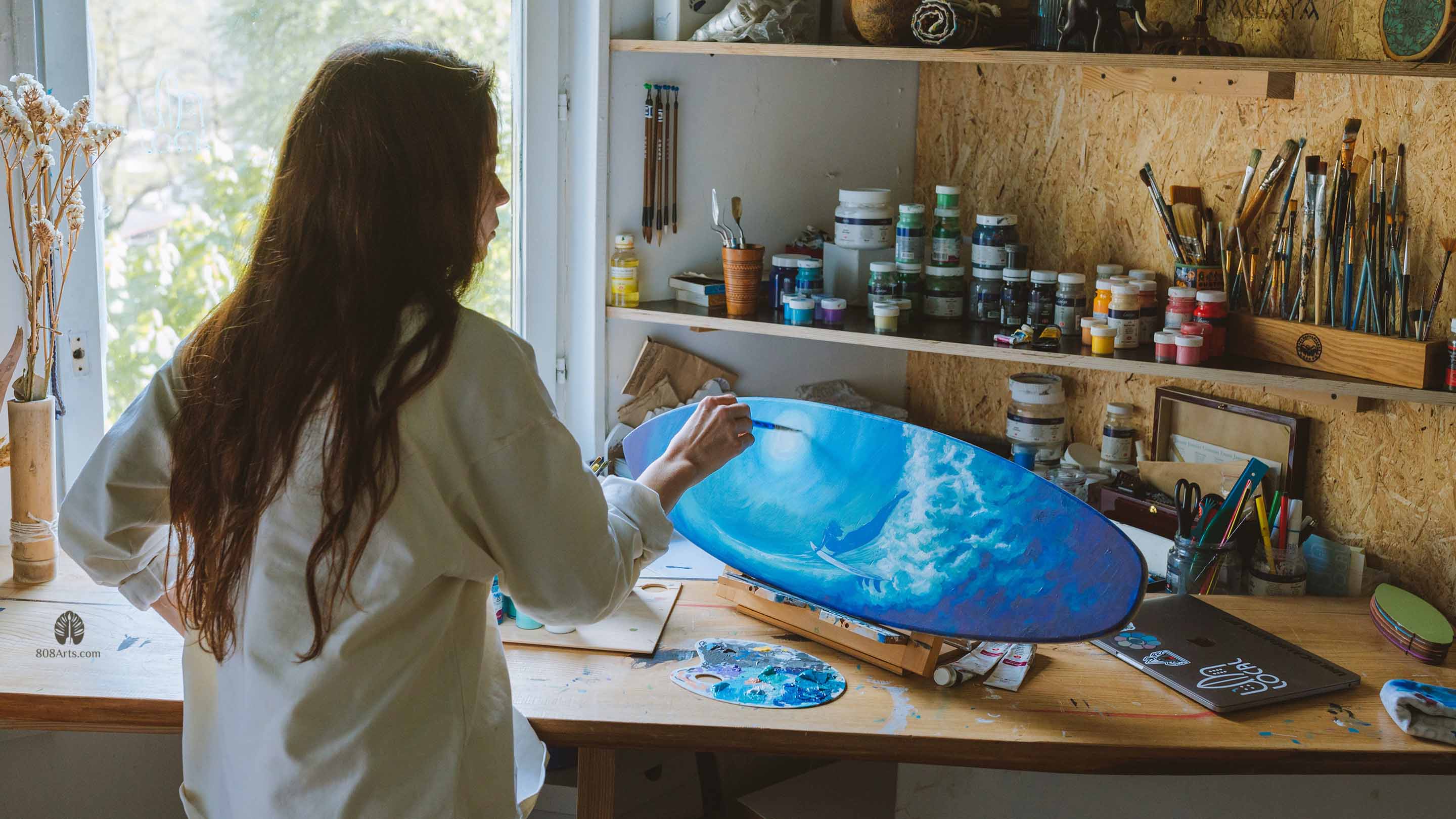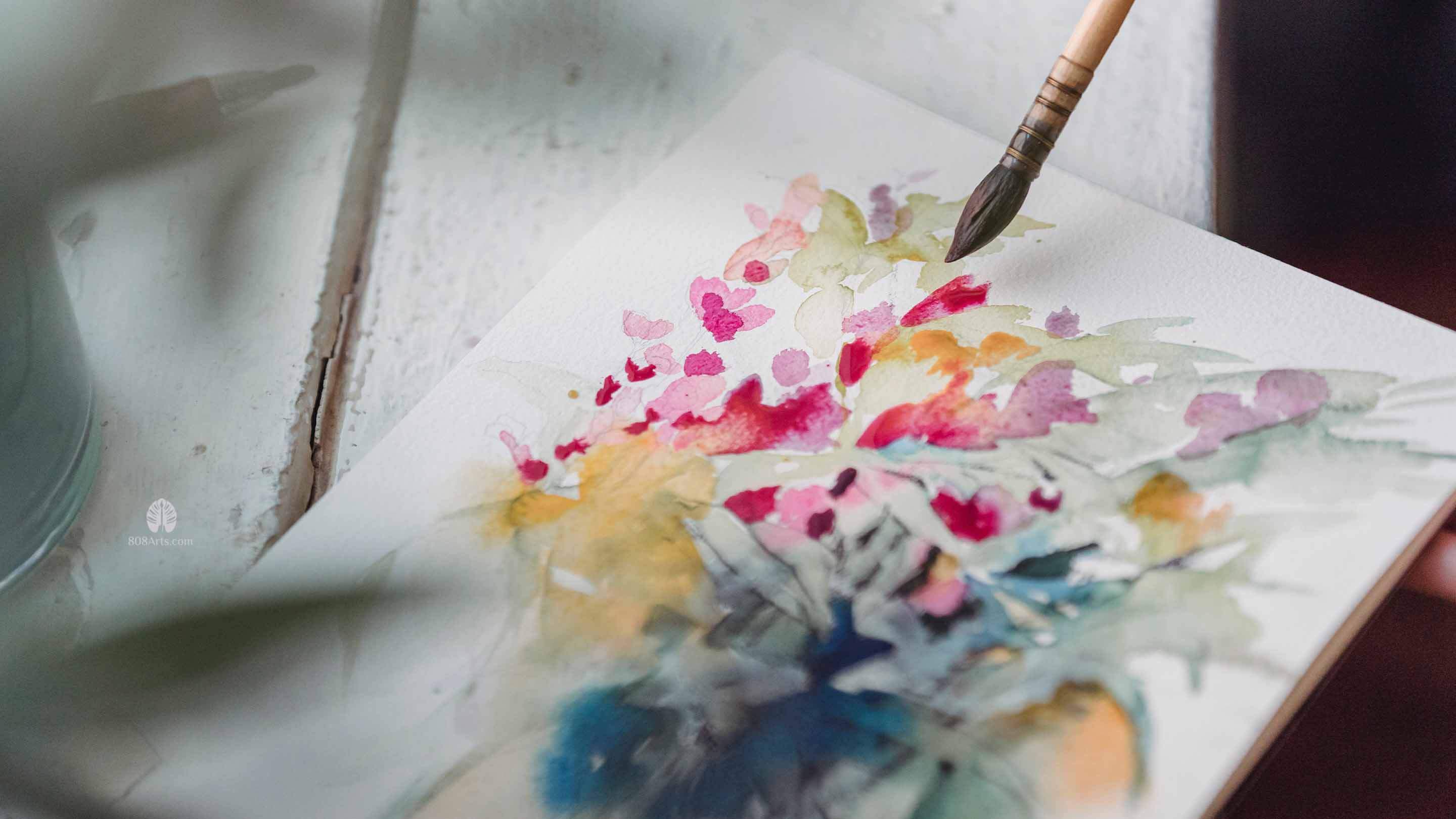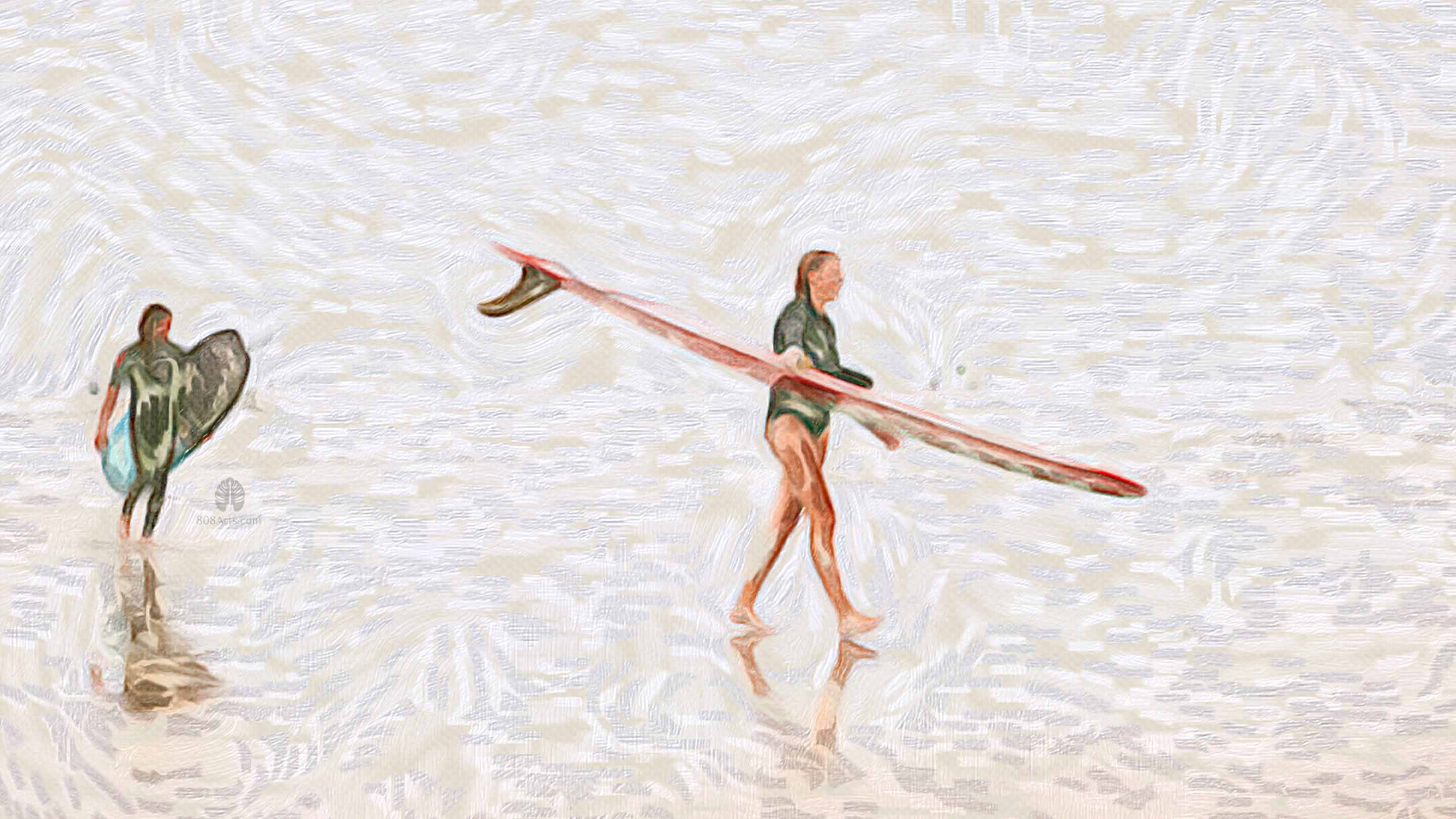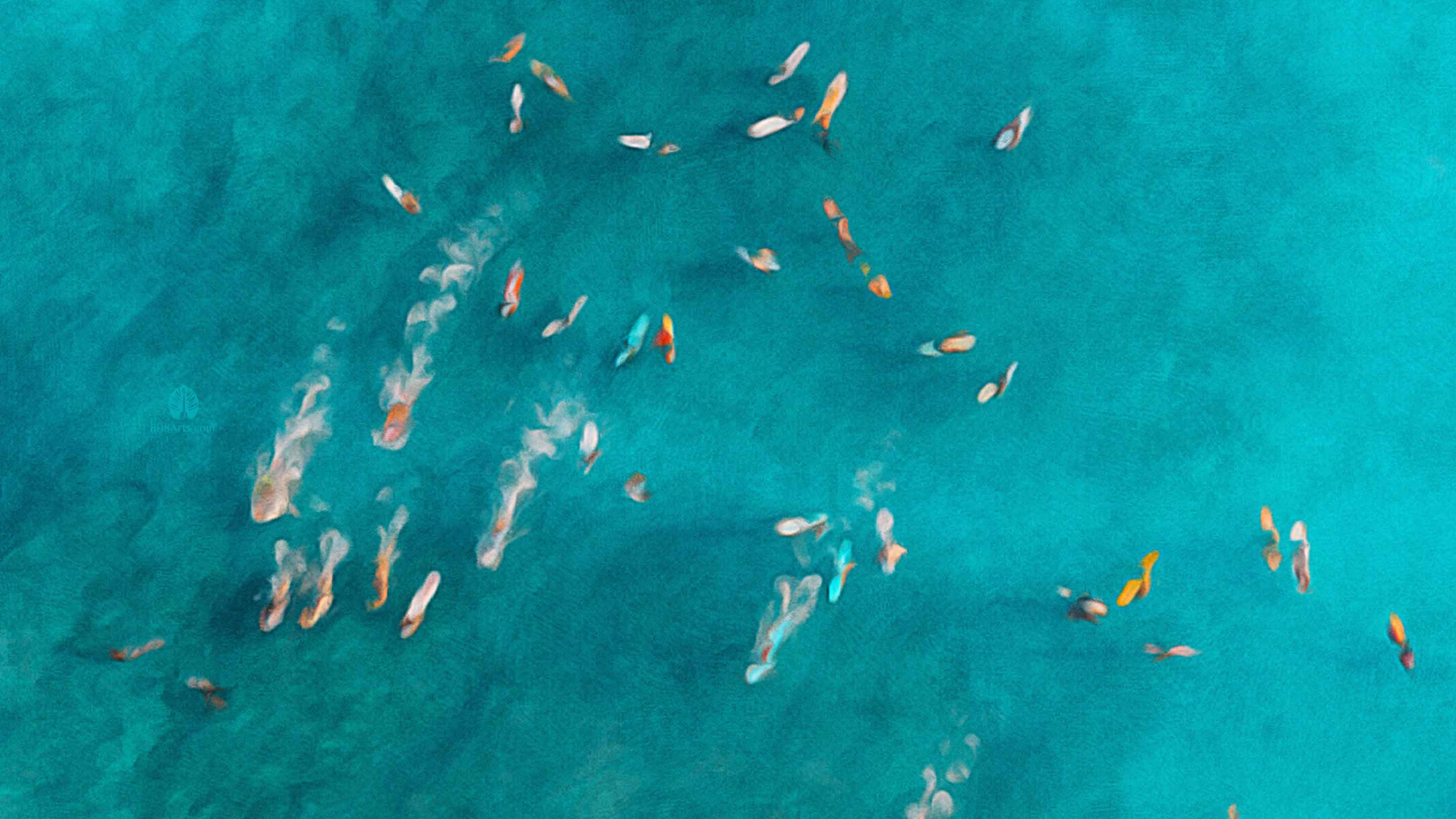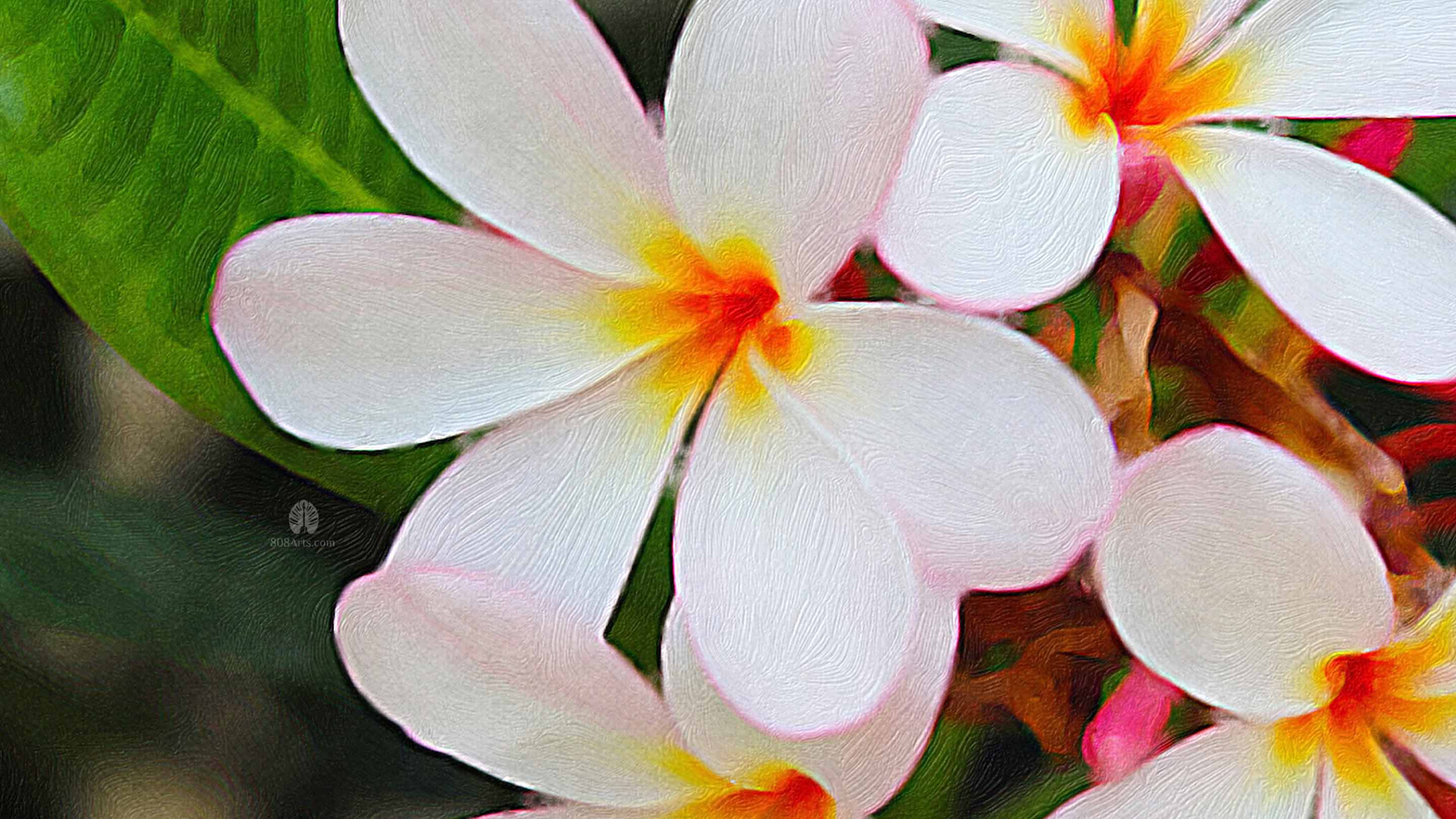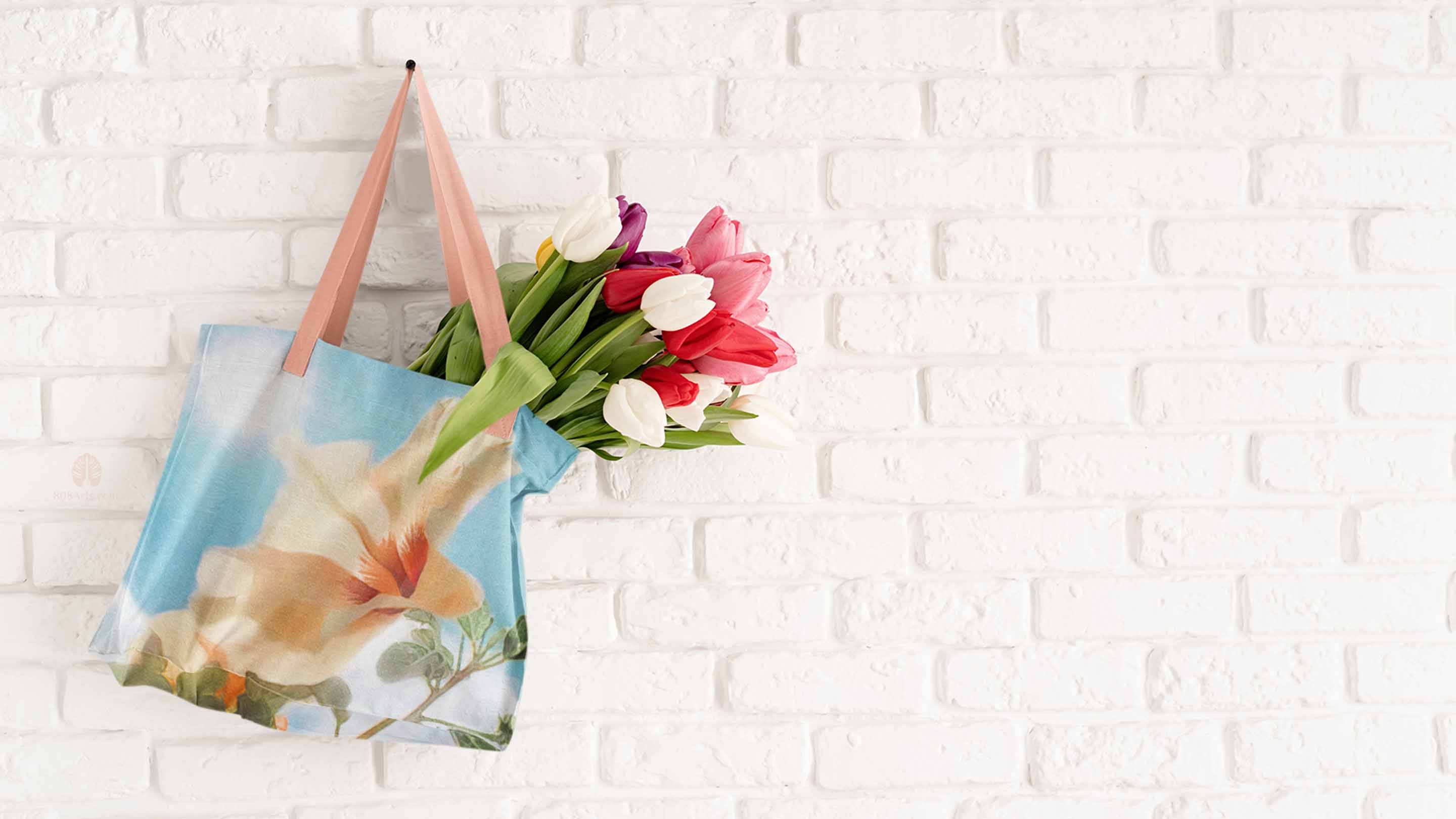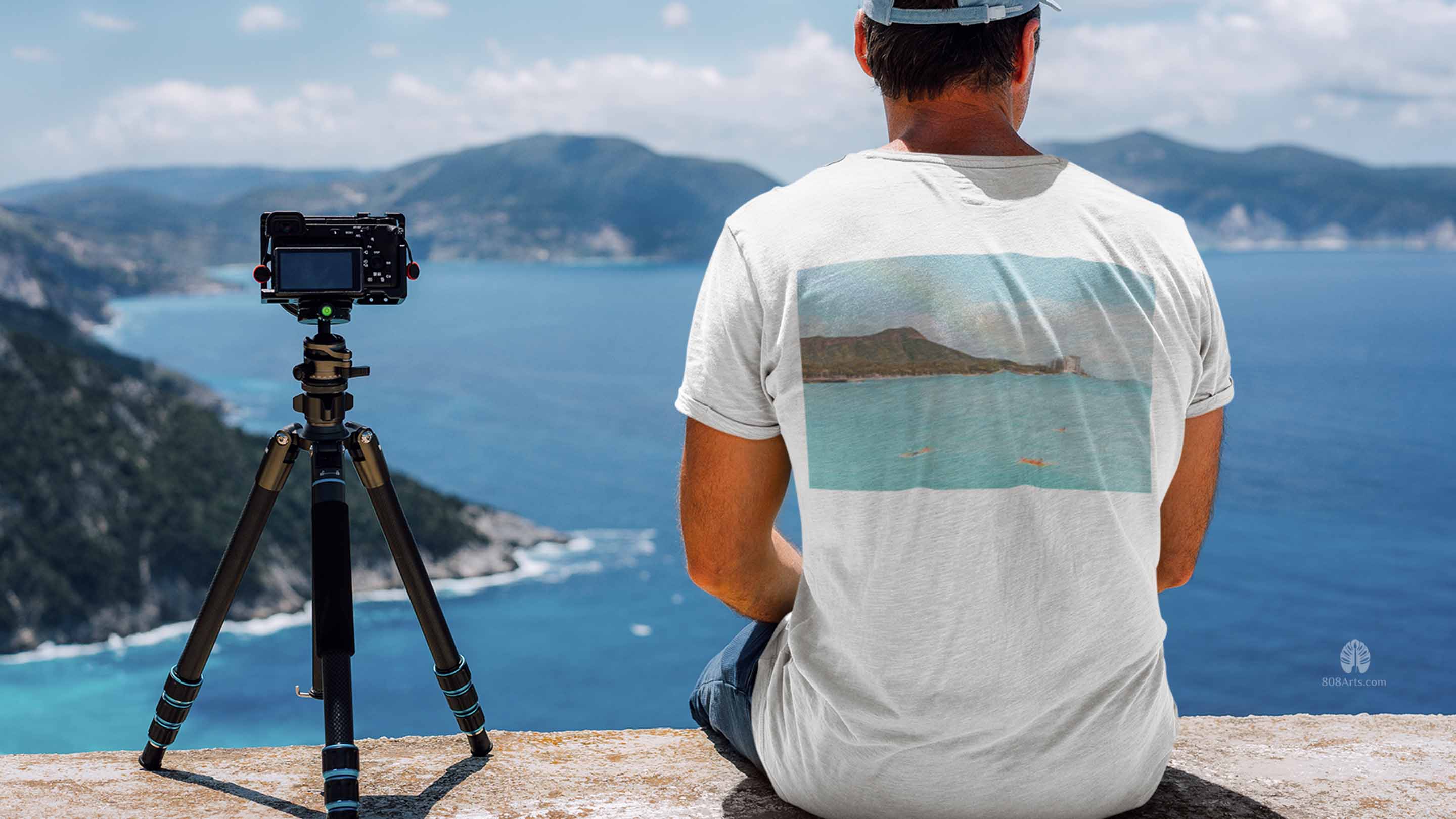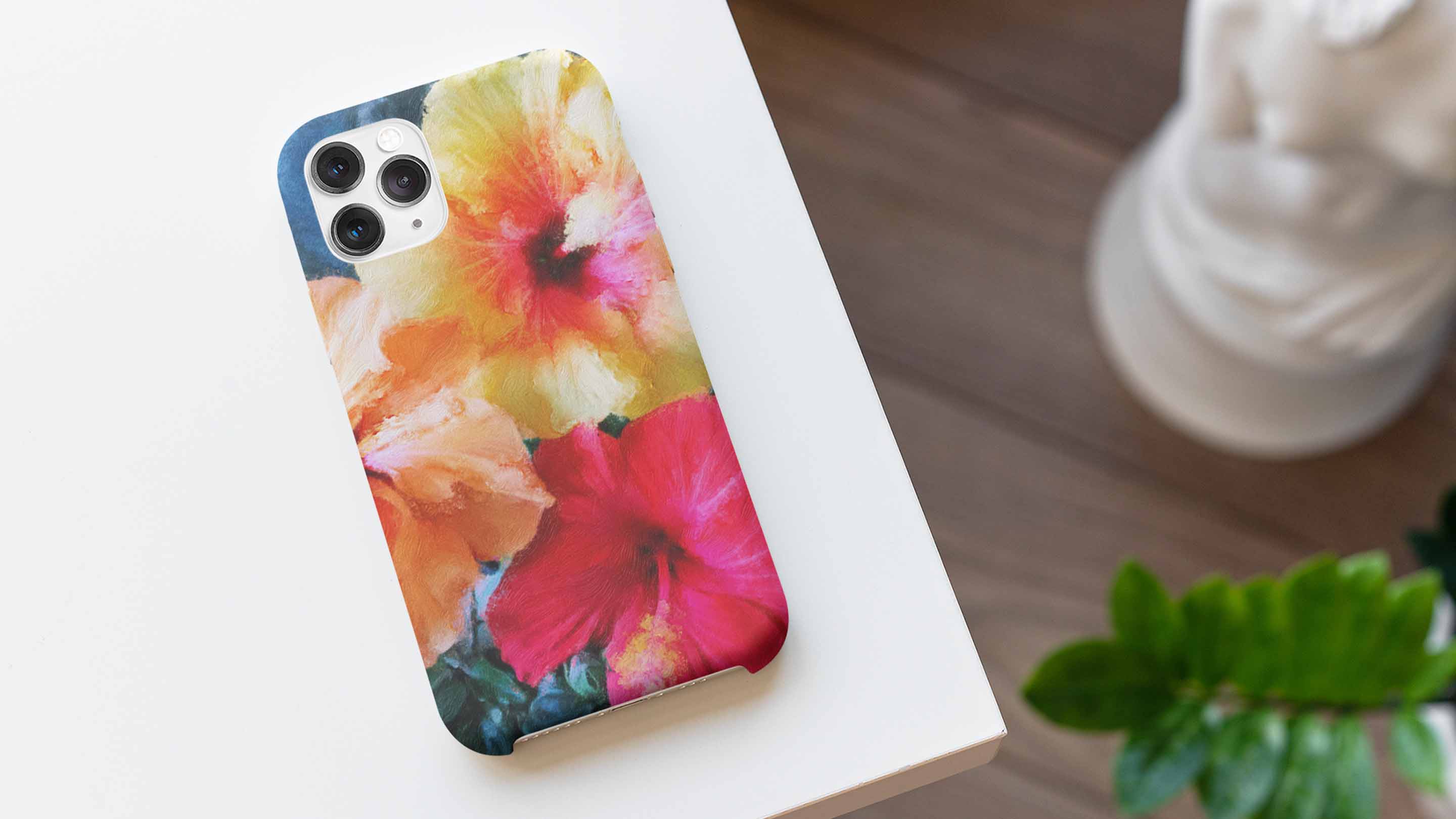Why is Ocean Art so Fascinating?
The ever-changing state of waves mirrors life's ever-changing nature. But perhaps even more importantly, ocean art gives us a chance to recognize that the way in which we choose to portray and perceive our environment can have an impact on the way in which others perceive it as well.
“The heart of man is very much like the sea, it has its storms, it has its tides and in its depths it has its pearls too”. ~ Vincent Van Gogh
History of Ocean Art
Ocean art has long been a source of inspiration for artists, capturing the beauty and majesty of the sea and its inhabitants. From traditional oil paintings to contemporary digital illustrations, ocean art takes many forms and can be found in galleries, museums, and private collections around the world.

The history of ocean art dates back to ancient civilizations, with the first known representations of marine life appearing in cave paintings and sculptures. In ancient Greece and Rome, ocean scenes were depicted in mosaics and frescoes, often featuring mythical creatures such as mermaids and sea monsters.
During the Renaissance, artists such as Leonardo da Vinci and Michelangelo turned their attention to the sea, creating detailed drawings and paintings of marine life. In the 19th and 20th centuries, the Impressionist movement brought a new style to ocean art, with artists like Claude Monet and Pierre-Auguste Renoir capturing the shimmering light and color of the sea in their paintings.
The ocean is used as a theme in art all over the world. In our Pacific location, Hawaii art is based heavily on seascape art, and there are many popular Hawaii artists creating dramatic or enjoyable ocean-inspired scenes, or art inspired by ocean creatures like gyotaku art.
Ocean Art Inspiration
“The ocean stirs the heart, inspires the imagination and brings eternal joy to the soul.” ~ Robert Wylan
Today, ocean art continues to be a popular subject for artists, with many contemporary artists drawing inspiration from the ocean and its inhabitants. From stunning landscapes to intimate portraits of marine life, ocean art can be found in a variety of styles and mediums.
The ocean is a vast and mysterious body of water that has always been a source of fascination for humans. It is home to a diverse array of plants and animals, and its constantly changing moods and colors provide endless inspiration for artists.
For artists, the ocean offers a never-ending source of inspiration and creativity. Its vastness and depth provide a sense of mystery and wonder, while its diverse array of plant and animal life offer endless subjects for artistic interpretation.
The ocean's ever-changing moods and colors provide a constant source of inspiration for artists, who use their skills to capture the beauty and majesty of the sea in their work. Whether it's the shimmering blues and greens of a calm ocean, or the turbulent grays and whites of a stormy sea, the ocean's colors and moods provide a rich palette for artists to work with.
For art collectors, ocean art provides a way to bring the beauty and majesty of the sea into their homes. Whether it's a traditional oil painting or a contemporary digital illustration, ocean art adds a touch of the ocean's beauty to any space.
Overall, the ocean is a timeless and enduring source of inspiration for artists and art collectors, offering a never-ending source of creativity and beauty. So, it is a perfect subject for art enthusiasts.
How to Buy Ocean Art
Here are five main points to consider when buying ocean art:
Style and medium: Think about the style and medium that you prefer. Do you like traditional oil paintings, or are you drawn to more modern digital illustrations? Consider the size and placement of the piece as well – will it be the centerpiece of a room, or a more subtle addition to your decor?
Artist's reputation: Look for artists with a solid track record of exhibitions and sales. A reputable artist is more likely to produce high-quality work that will retain its value over time.
Price: Be prepared to spend more for a higher quality piece. While it's important to stay within your budget, keep in mind that investing in a well-made, thoughtfully crafted piece is likely to pay off in the long run.
Reputable sources: When purchasing ocean art, it's always best to buy from a reputable dealer or gallery to ensure the authenticity of the piece. Be wary of purchasing from unknown sources online.
Personal connection: Ultimately, the most important factor when buying ocean art is whether or not the piece speaks to you personally. Choose a piece that resonates with you and that you will enjoy looking at on a daily basis.
For more information about where to buy art in Hawaii, visit our Art Destinations page. Here are some of our more popular ocean art pieces you may want to view.
Different Kinds of Ocean Art
Paintings are a common form of art, but there are other media used by artists to express the colors, emotions and energy of the ocean.
Paintings: This is a traditional medium that includes oil paintings, watercolors, and acrylics. Ocean art paintings can range from realistic representations of marine life and landscapes to more abstract or stylized interpretations.
Sculpture: This medium involves creating three-dimensional art using materials such as clay, metal, or stone. Ocean art sculptures can depict marine life, ocean landscapes, or abstract forms inspired by the sea.
Photography: This medium involves capturing images of the ocean and its inhabitants using a camera. Ocean art photography can range from realistic documentary-style images to more stylized or abstract compositions.
Prints: This medium involves creating copies of an original artwork using methods such as lithography, screen printing, or digital printing. Ocean art prints can be made from paintings, photographs, or other types of art.
Installations: This medium involves creating immersive, three-dimensional artworks that may include elements such as sound, light, or interactive elements. Ocean art installations can be interactive and may be designed to be experienced in a specific location or context.
In addition to traditional art forms, there are also many ways to bring the beauty of the ocean into your home through functional objects. From ocean-themed dinnerware and bedding to sea-inspired decor, there are endless options for adding a touch of the ocean to your home.
Shopping For Ocean Art
808Arts.com is pleased to present a curated collection of ocean art covering popular maritime themes - waves, surfing, classic seascapes and more.
Browse our collections of affordable original paintings and collectible art prints. Whether for home decoration or gifts to family and friends, you will enjoy seeing wonderful contemporary ocean art works.
Conclusion
Whether you're an art collector or simply appreciate the beauty of the sea, ocean art is a timeless and enduring source of inspiration. From its ancient beginnings to its contemporary forms, ocean art continues to captivate and delight viewers with its stunning portrayal of the wonders of the ocean.

